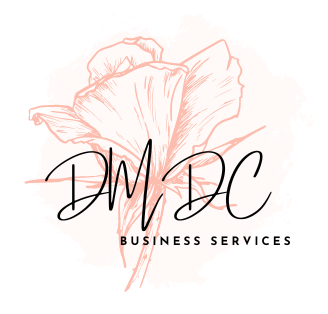Do you like paying taxes each year? Most business owners can probably agree that writing a check to Uncle Sam isn’t at the top of their favorites list.
Running a business does come with the ability to use special deductions and credits to reduce your tax burden. To effectively minimize your tax bill, take all qualifying business expenses, leverage tax deductions and credits, and implement tax planning strategies.
Take All Qualifying Business Expenses
According to the IRS, a qualifying business expense is a cost that is ordinary and necessary. This means that in order to be deductible, the expense must directly relate to your business. For example, buying sunscreen for a family vacation wouldn’t be a qualifying expense for your sewing business. There are many different categories of expenses to watch out for, which include:
- Bank Fees
- Business Insurance
- Travel
- Meals and Entertainment
- Office Supplies
- Vehicle Costs
- Dues and Subscriptions
- Advertising
- Legal and Professional Fees
For sole proprietors and single-member LLCs, these expenses will be reported on Schedule C, while other business types will file a business return. Regular bookkeeping helps ensure you are catching all qualifying transactions throughout the year.
Leverage Tax Deductions and Credits
After you have solidified your business expenses and income, it’s time to leverage tax deductions and credits. The IRS and many state agencies offer tax breaks for business owners. After all, businesses are what stimulate the economy. Some common tax deductions and credits that your small business may qualify for include:
- Qualified Business Income Deduction – This is a deduction on the individual tax return which can deduct up to 20% of your business’s net income.
- Self-Employed Tax Deduction – This is a deduction designed to offset the employer portion of self-employment taxes paid on business profits.
- Home Office Deduction – Small businesses often work out of their house, giving way to a deduction of rent, mortgage payments, home insurance, utilities, and repairs.
- Shareholder Insurance Deduction – If the business pays the insurance premiums for shareholders with over a 2% interest in the s-corporation, the wages must be added back to the W-2. However, there is an offsetting deduction available on the individual tax return.
- Research and Development Credit – Businesses that are actively trying to improve a process or product may be eligible to receive a credit for research expenses, such as supplies and labor.
Implement Tax Planning Strategies
The third component of reducing your tax bill is to implement tax planning strategies. Tax planning involves legally reducing your tax burden through creative strategies. Some common strategies that you may consider implementing include:
- Leverage Special Depreciation Options
- Switch Accounting Methods
- Defer Income/Speed Up Expenses
- Utilize Fringe Benefits
- Optimize Your Retirement Plan
- Take Coronavirus Relief
Summary
Taking all qualifying business expenses, leveraging tax deductions and credits, and implementing tax planning strategies are three ways to reduce your tax bill each year. Uncovering which deductions, credits, and tax planning strategies are right for your business can be confusing, which is why it’s important to work with an accounting expert, like BUSINESS. Reach out today to learn more.

